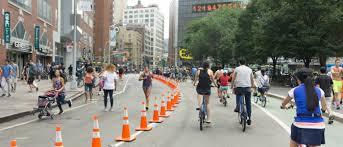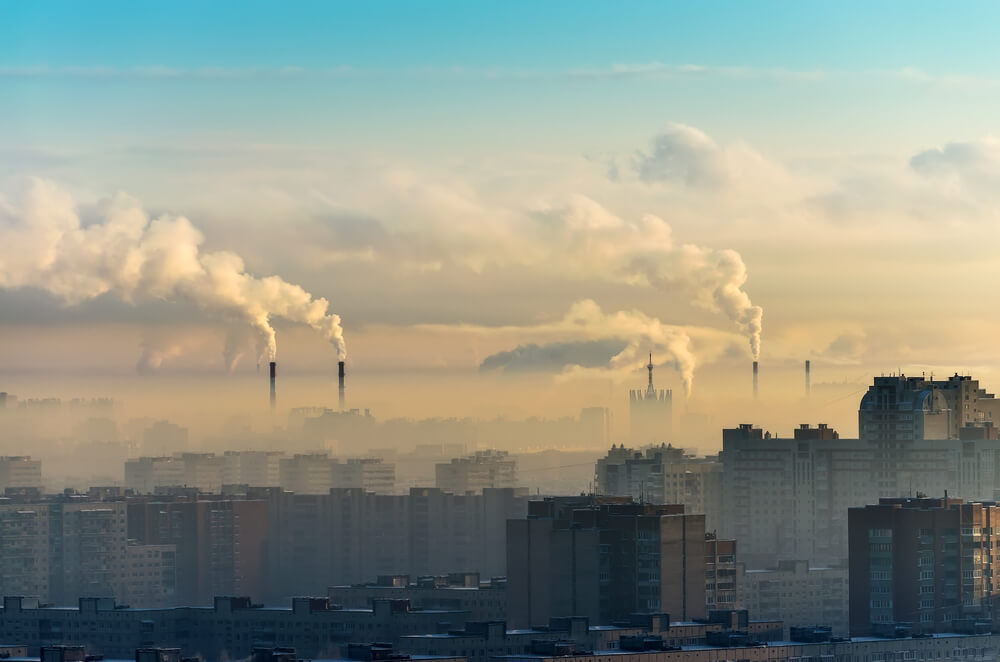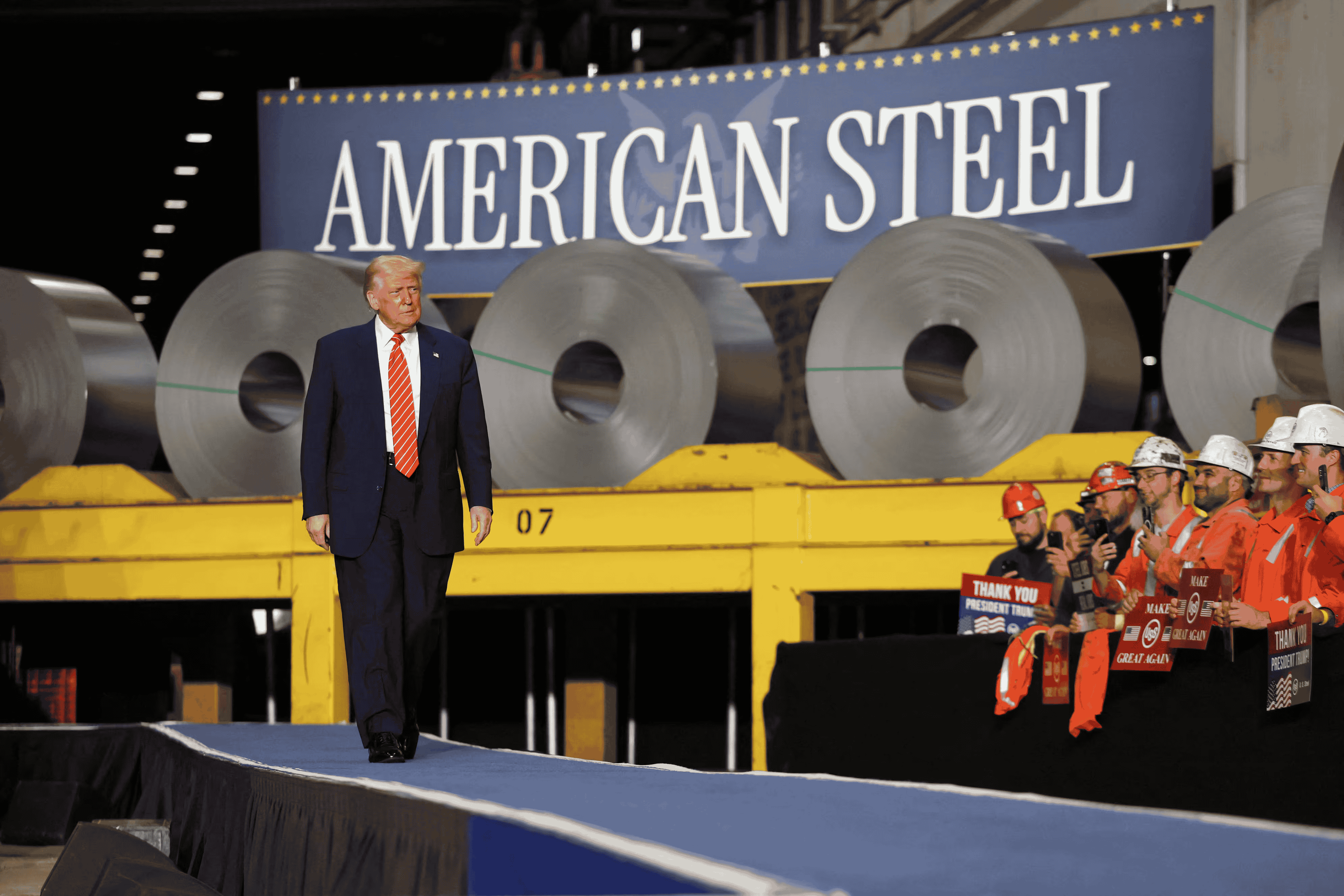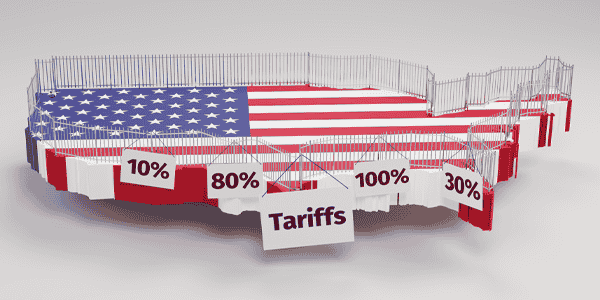⏱️ Read Time: 5–6 minutes
Modern cities are often described as hubs of innovation, culture, and connectivity — yet for those moving on foot or by bike, urban life can feel like an obstacle course. Despite climate goals and sustainability pledges, many cities still prioritize cars over pedestrians, cyclists, and alternative transport. The result? Urban environments that are noisy, congested, polluted, and — above all — deeply unequal in how they serve their residents.
The Concrete Bias
Look at any major intersection and you'll see the imbalance clearly: wide lanes for cars, minimal sidewalks, missing crosswalks, and bike lanes squeezed as afterthoughts — if they exist at all. Parking lots take up valuable space that could host parks, playgrounds, or green areas. Urban planning in the 20th century revolved around automotive expansion, and too many cities still follow that blueprint. The car is king — and everyone else must navigate around it.
Pedestrian Safety Is an Afterthought
According to the European Transport Safety Council, pedestrian fatalities in the EU have declined far more slowly than overall road deaths, especially in car-dense cities. Poor visibility at crossings, wide turning radii, and lack of pedestrian-first signals contribute to this. Children, the elderly, and people with disabilities are especially vulnerable in areas built without them in mind. A city that doesn't protect its most fragile users isn't designed for people — it's engineered for speed.
Cyclists Face the Same Neglect
While some cities — like Amsterdam or Copenhagen — are praised for their bike-friendly design, they are the exception, not the rule. In much of Europe and the world, cycling infrastructure is fragmented or dangerous. Cyclists must often compete for space with buses, taxis, and parked vehicles. The lack of safe bike lanes discourages people from switching to this greener alternative, despite growing interest in reducing emissions and traffic congestion.
Car Culture Is a Policy Choice
Many city leaders argue that cars are a necessity — especially in suburbs or for families. But this argument overlooks how public space has been shaped to require cars in the first place. Wide roads and distant zoning policies force long commutes. Reliable public transport, walkable neighborhoods, and mixed-use development are often neglected in favor of highway expansions and new parking garages. It's not that cities have to be car-centric — it's that they've chosen to stay that way.
Who Gets Left Behind?
Prioritizing cars ultimately creates cities for the privileged. People who cannot afford vehicles — often young people, low-income residents, or immigrants — are left with poor public transit options, unsafe walking routes, and long commutes. Meanwhile, those with cars get more space, more convenience, and more power over how cities evolve. It's a quiet form of exclusion, baked into infrastructure and difficult to reverse.
Conclusion
Cities that prioritize cars over people are making a clear — if unspoken — statement about whose lives matter most in urban design. True progress means rethinking transportation from the ground up: more bike lanes, wider sidewalks, better transit, and greener public spaces. Because a city isn't modern just because it has traffic sensors — it's modern when it puts humans before horsepower.



